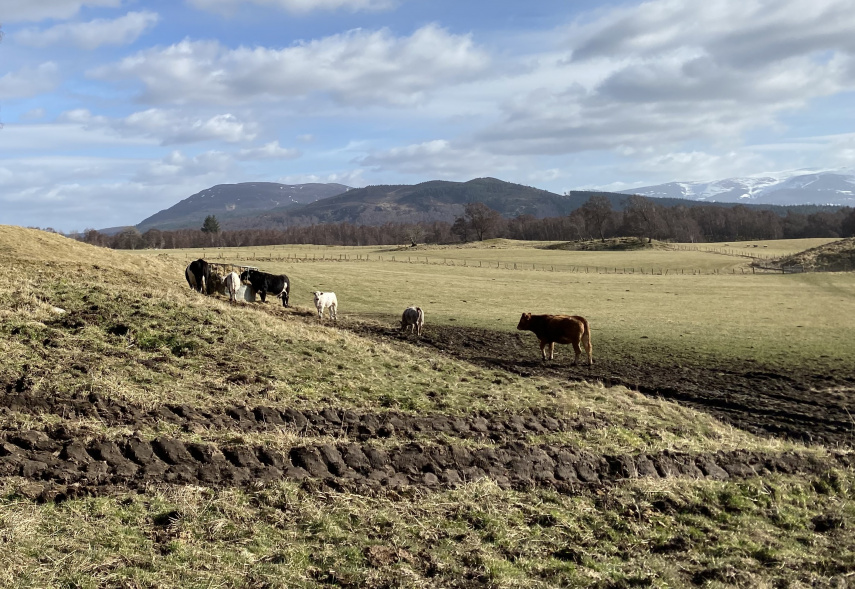
Piloting Land Rights and Responsibilities Assessment: NFUS members' experience – LRRS and the Farming Community
Gemma Cooper
In this blog, Gemma Cooper, Head of Policy at National Farmers Union Scotland (NFUS), explores the experiences from the cohort of NFUS members who took part in the Land Rights and Responsibilities Self-Assessment Pilot Programme in 2020-2021. The programme explored a voluntary self-assessment process against the Scottish Land Rights and Responsibilities Statement (LRRS) for land owners and managers across a range of sectors.
Recently, NFUS participated in some joint working with the Scottish Land Commission to understand farmers’ perceptions of land rights and responsibilities and how this applied to them. The work, which comprised focus groups, survey work and an open meeting, resulted in NFUS making several recommendations for the Commission about the implementation of LRRS. Since completion of the work, it has been encouraging to hear in subsequent discussions that these have been taken on board by the Commission.
A clear message from farmers who participated is that whilst LRRS is an accepted policy principle for all land managers, there are low levels of understanding about what this means in a practical sense. In addition, there is concern about how LRRS fits into broader agricultural policy and about the expectations placed on individual farmers to show compliance with this. There is also considerable concern about the potential for onerous mandatory self-assessment against the principles, and how any information provided may be used.
On a more positive note, the workstream clearly demonstrated that farmers are doing a huge amount of what policy professionals would call ‘positive engagement’ with local communities. For their part, farmers tell us this is just seen as being part of the community! It is not surprising to hear famers passionately reiterate that they are invested in, and part of, rural communities. This must be understood by policy makers and reflected in land reform policy.
The pilot study clearly showed that informal community engagement is occurring in multiple forms, on a goodwill basis. During the project, good practice examples included providing free pieces of land for local sports clubs, community horticultural projects and local business signage. Other examples included providing notice boards highlighting seasonal flora and fauna on local walking routes and provision of supplies for harvest suppers or local schools.
It is striking that the farmers who participated in the pilot groups did not appear to recognise such activities as community engagement. Perhaps we need to be more cognisant of the fact that there is a significant role for informal engagement and to consider the risks of over-formalising this in the future.
Farmers recognise the importance of community engagement and the role that this can play in in LRRS. However, there is a clear need to ensure that engagement requirements are proportionate to the activity and that there is a carrot, rather than stick, approach. An encouraging narrative and recognition of the good work that is already being done by farmers, as well as recognition that any policy needs to reflect the challenges of running a farming business, will go a long way to providing greater understanding, reassurance, and encouragement about LRRS.
